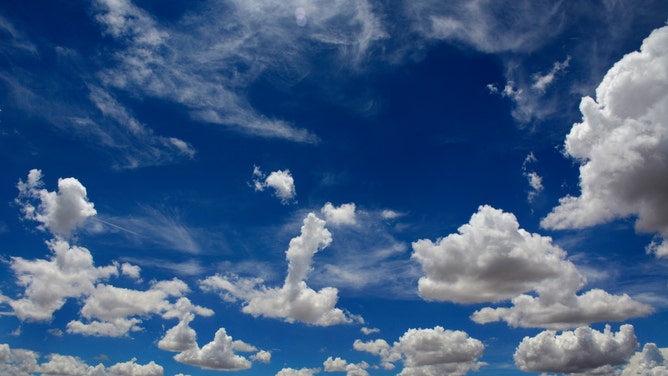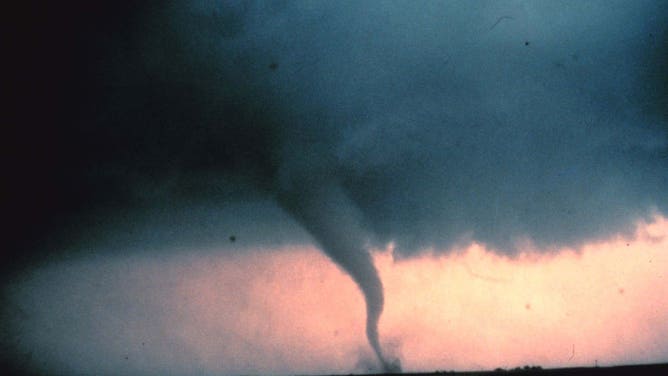Recipes for 7 easy weather experiments for the kids' table
This Thanksgiving, give some thanks to the wonders of science and make some weather in your kitchen.
Instead of trying to keep the kids out of the kitchen during Thanksgiving prep this year, invite them in to cook up some weather. It just takes few containers, kitchen ingredients and craft staples to make some weather!
Here are 7 of our favorite simple weather experiments to amaze and teach kids about the science of weather.

(Photo by Robert Alexander/Getty Images / Getty Images)
Make a cloud in a jar
Warm up a glass jar with tap water, leaving it partially filled. Put ice cubes in the lid and place the lid, upside down over the jar opening for a few minutes. Remove the lid, spray a puff of hairspray in the jar and quickly cover it again.
Watch the cloud form in the jar. Then, lift the lid and watch the cloud float out of the jar.
Make a tornado in a jar
Fill a glass jar ¾ full of water. Add one teaspoon of vinegar, one teaspoon of dish soap and a sprinkle of glitter. Put on the top and rotate the jar and watch your own tornado.

(Photo by NOAA Photo Library/Getty Images)
Make it rain
Fill an empty mayonnaise jar with a couple inches of hot water and cover it with a small plate for a few minutes. Put ice cubes on the plate and watch the rain form and fall.
Make lightning
Wearing shoes, hold an aluminum pie pan with an oven mitt. Rub the pie plate with a wool sock. Then, have someone touch the plate. They will feel an electric shock, mini-lightning. Turn out the lights to see the lightning.

(Photo by Fadi Al-Shami/SOPA Images/LightRocket via Getty Images / Getty Images)
Figure out how far you are from a storm
Just in case you have a Thanksgiving thunderstorm, count the seconds between seeing lightning and hearing thunder. The storm is one mile away for every five seconds.
Make frost
Fill an empty can with crushed ice and add table salt. Shake it around and watch frost form.
Make plasma in your microwave
Actually, don't make plasma in your microwave. Take a look at this photo instead.

Scientists cut a grape nearly in two and microwaved it. Watch the grape spark and release jets of plasma.
Scientists took video of a grape, cut almost in half, in the microwave. The grape is just the right shape, size and consistency to, "trap microwaves. The resulting electrical fields are strong enough that they ionize, or electrically charge, the grape, igniting sparks and releasing jets of plasma," says NOAA.
Lightning strikes create plasma and much of the sun is in a plasma state. Needless to say, this experiment will destroy your microwave.
Have a wonderful Thanksgiving and do give some thanks to the wonders of weather..
